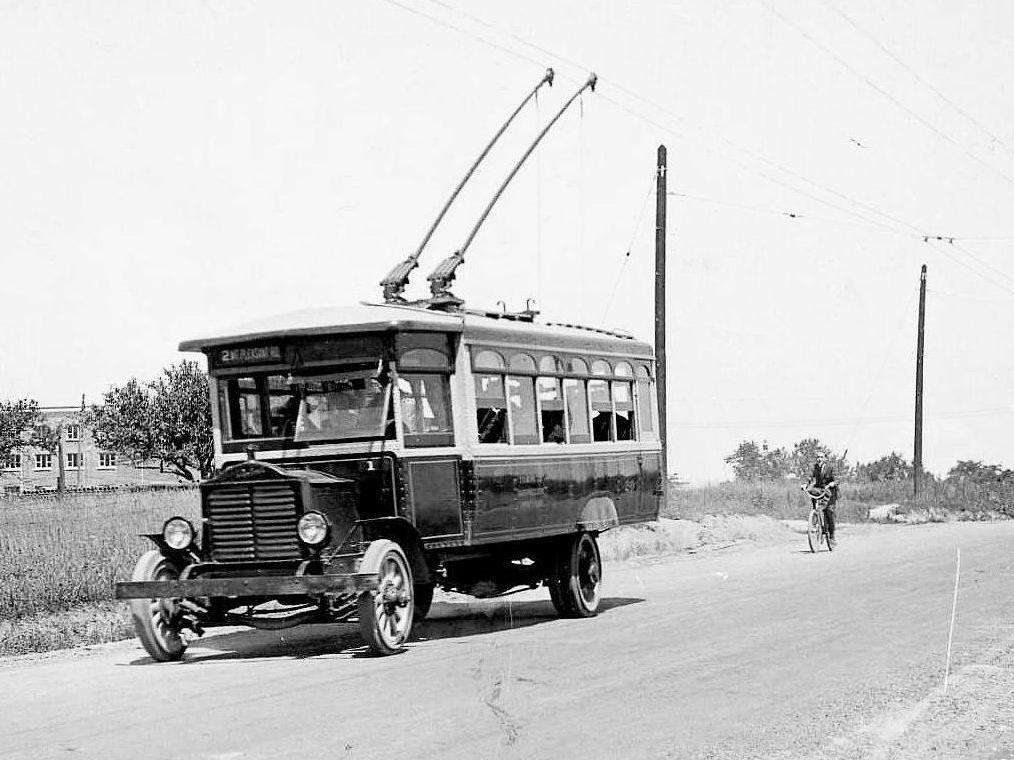W. K. Lis
Superstar
There is this media called "books", where information is printed on paper pages fastened along one side and encased between protective covers. There is one such "book" called:
Tires and Wires - The story of electric trolley coaches serving sixteen Canadian cities

From link.
Tires and Wires - The story of electric trolley coaches serving sixteen Canadian cities

From link.
Tires and Wires is a comprehensive history of electric trolley coach operations in sixteen Canadian cities. Starting with some early dabbling in the embryonic technology of a rubber-tired electric bus, transit operators of the 1930s and 1940s turned to these quiet, powerful and efficient vehicles to replace their worn-out streetcar systems.
Tires and Wires is published jointly by Canadian Transit Heritage Foundation and Railfare*DC Books, which has produced many high quality historical Canadian railway and transit system publications. The author, Tom Schwarzkopf, is co-author of Edmonton’s Electric Transit and Calgary’s Electric Transit, as well as other rail and transit publications.
Highlights:
Book size: 8” x 10.5”.
- 272 pages, more than 200 superb photos and illustrations (54 in colour), and 22 maps
- A chapter for each city’s system, including overhead wire maps
- Complete system trolley coach rosters, with vehicle illustrations and preserved equipment data
- A description of all nine trolley coach manufacturers






